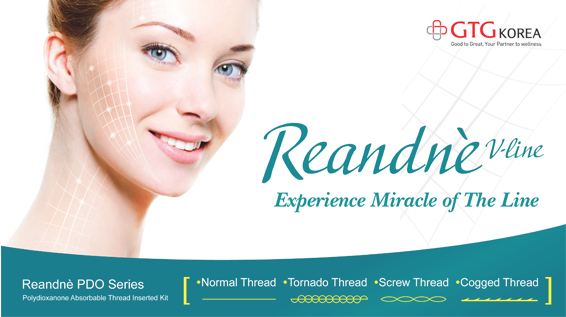For horizontal forehead wrinkles, injecting lower doses of botulinum toxin to the frontalis is important also because of a lower muscle mass and less hyperdynamic activity than Caucasians. Ptosis may happen if traditional dosages for Caucasians are used. Although eyebrow “lifting” with botulinum toxin is a common practice in Westerners, significantly arched brows can make Asian faces look especially unnatural. People in Taiwan particularly dislike lateral brow arching, which is considered to convey anger or surprise (Figure 2). Therefore, it is usually required to inject additional points laterally over the forehead.
.jpg)
.jpg)
Figure 2. Before and after of onabotulinumtoxin A injection to the frontalis. Note the arched brows look slightly unnatural and convey mild anger and surprise feelings. (Courtesy of Dr. Sung-Jan Lin)
Other than crowfeet, some patients cared about the fine lines in the infraorbital lower eyelids. Patients in Taiwan quite commonly ask for improvement of infraorbital wrinkles. It is sometimes difficult to treat these lines because of the anatomical complexity of this region. The lower eyelids wrinkles are sometimes confused with the puffiness of the lower eyelids (a.k.a “charming roll”) and the tear trough. Nevertheless, adequate use of botulinum toxin injection for these areas can easily correct these dynamic wrinkles. Injection points should not be placed too close to the lower ciliary/eyelid margin. The medial infraorbital area should also be treated with caution and with lower doses to avoid lower eyelid edema. Dr. Yin-Shuo Chang et al. reported a rare case of non-allergic eyelid edema after periorbital botulinum toxin injection in Taiwan.
[Advertisement] Reandnè Thread Series – Manufacturer: GTG KOREA(www.gtgkorea.com)
It is usually self-limited, and normally resolves in 2 to 4 weeks. Although the incidence of botulinum toxin-induced eyelid edema was rare, it showed Asian tendency. They found that patients at risk were those with eyelid hooding (dermatochalasis), and poor periocular muscle tone. It is believed that fewer fibrous attachments between the levator aponeurosis, orbicularis, and skin of the eyelid result in the characteristic puffiness and dermatochalasis in Asian eyelids, which lead to obstruction of venous return and secondary lymphostasis. Half the regular injection dosage is advised. Application of hot pads over the eyes, frequent blinking in the morning, and self-massage of the affected area to increase venous return have demonstrated to help.
If there are significant wrinkles on the dorsum of the nose during facial expression, known as "bunny lines”, it is helpful to treat the nasalis and levator labii superioris alaeque nasi along with the glabella muscles. It is also suggested to treat the dilator naris if nasal flares are noted during animation.
-To be continued-





















